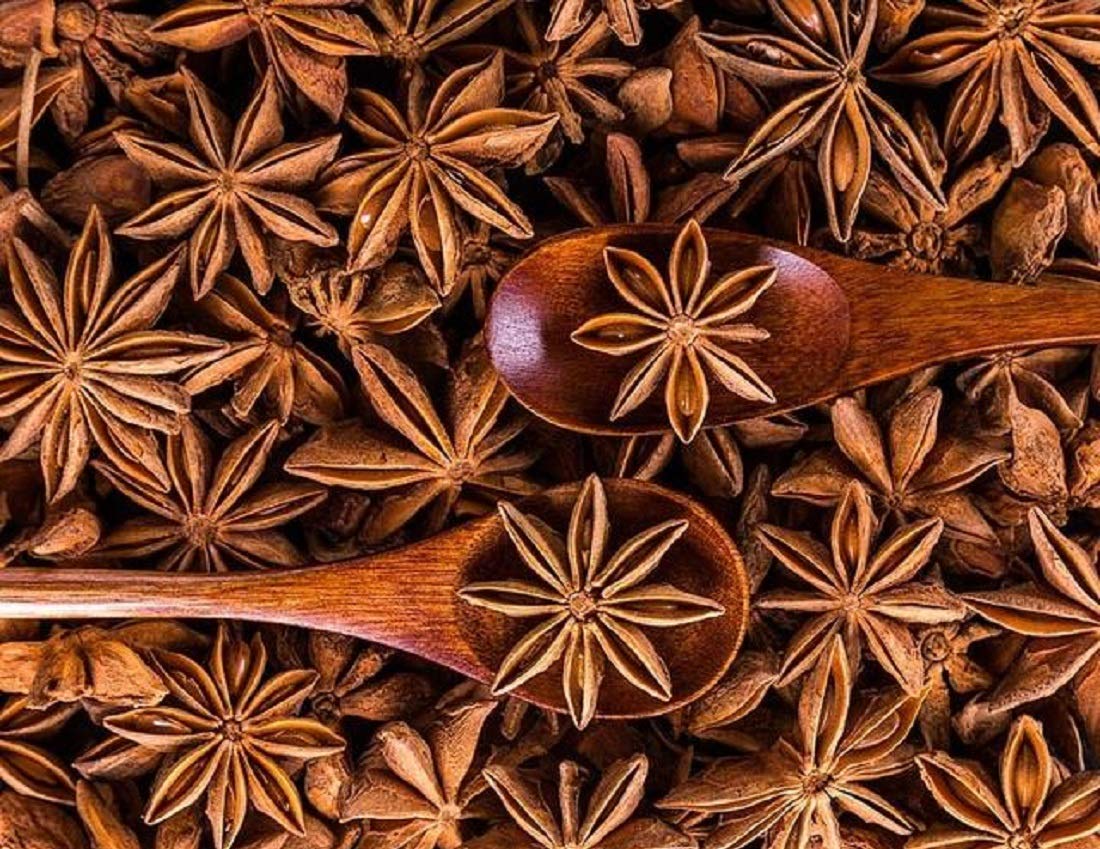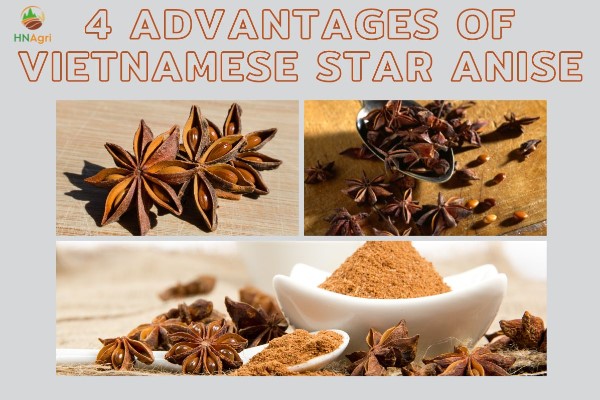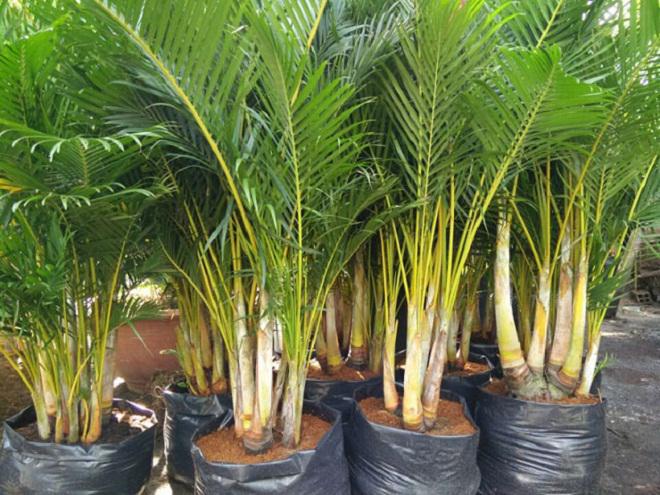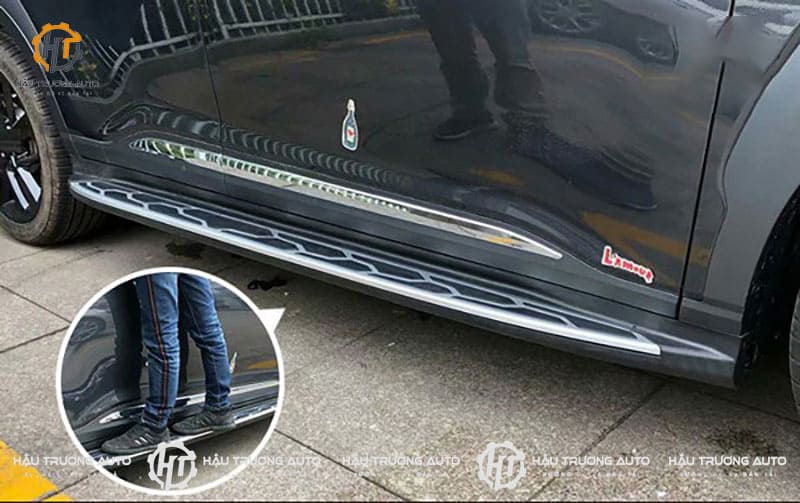Buying Vietnam star anise can bring a large profit
For a long time, Vietnam star anise has been always a spice that is preferred by people around the world. Because of its high demand, buying and selling can generate a large number of profits for the business.
1. The characteristics of Vietnam star anise
Star anise, also known as badian, is a spice that is commonly used in Vietnamese cuisine. Here are some of the characteristic features of Vietnam star anise:
- Flavor: Star anise has a strong, sweet, liquorice-like flavor that is unique and highly aromatic.
- Appearance: The spice is shaped like a star, with eight segments and a glossy, reddish-brown color.
- Uses: Star anise is used as a spice in a variety of dishes, including soups, stews, and sauces. It is also an important ingredient in the popular Vietnamese pho noodle soup.
- Culinary history: Star anise has been used in Vietnamese cooking for centuries, and it is considered one of the essential spices in the country’s cuisine.
- Health benefits: Star anise is rich in antioxidants, which help to protect the body from damage caused by free radicals. It also has anti-inflammatory properties and may help to relieve digestive problems, such as gas and bloating.
2. Vietnam star anise’s competitive advantages
Vietnam star anise has grown to be the most well-liked and expensive anise in the world for four key reasons.

- Vietnamese star anise offers competitive advantages
These are also the explanations for the substantial exports of Vietnam anise and the development of Vietnam into a respected supplier to global wholesalers. Vietnam is the nation that is thought to have the biggest output of Vietnamese star anise.
2.1. Stable and large output of Vietnam star anise
- Vietnamese star anise produces a lot because it is grown on a huge scale in Vietnam and because the government of Vietnam has investment policies to increase the scale of star anise production. According to figures from the World Spices Association, Lang Son, Quang Ninh, and Cao Bang are the three primary anise-growing provinces of Vietnam, with a combined area of more than 50,000 hectares. This gives the world’s second-largest production behind China.
- Vietnam has a long history of growing anise since the 1990s, and Vietnamese workers are skilled and experienced in farming and creating products. As a result, the process of cultivating and producing items from anise in Vietnam is stable.
- Vietnam has been producing anise on average for the past few years at a rate of 10,000 tons annually, or 10% of the world’s supply. The reason for Vietnam’s high and consistent production of this spice is that the country has a sizable anise-growing region and excellent natural circumstances, including hilly terrain with an average annual temperature of around 20°C and arable lands with high age.
See more: Vietnam Black Pepper Suppliers - Older star anises typically yield more and contain more oil. Most star anise trees in Vietnam are 40 to 50 years old on average, and they frequently produce a considerable yield. These old woodlands in Van Quan, Lang Son, may produce a significant amount of fresh star anise, up to 300kg.
- Star anise is grown in Vietnam frequently has a higher essential oil content than anise farmed in China, meeting the import and export requirements of the majority of nations, including picky nations like Germany, Singapore, etc. The climate (precipitation 1,200-1,800mm, average temperature 20-210C) in Vietnam is conducive to star anise adaption, which explains why. Because Vietnam star anise is cultivated on untamed soils with pH levels between 4-6 and humus ratios of at least 2%, it has a considerably more distinctive flavor and aroma than other types of anise throughout the world, especially if you locate it to buy in the autumn.
2.2. Vietnamese star anise has a high economic value and has support from the goverment
Because of how well-liked Vietnam star anise is around the world, including in upscale markets, wholesalers can benefit greatly from bringing in raw Vietnamese anise, processing it into completed goods, and selling them to consumers.
- The cost of items sold for wholesale star anise in China and Vietnam, the two countries that produce the most of the spice today, is roughly $7000/MT. Anise’s final selling price in the US and in Europe is $59,000/MT. As a result, it is clear that the popular wholesale price of star anise has climbed by more than 10 times compared to the import price, giving enterprises a profit that is 6 to 7 times larger than the import price.
- Vietnam is a wholly agricultural nation, and the government in Vietnam is particularly focused on and supportive of the export of agricultural products, including star anise. Because import and export taxes are excluded in Vietnam, you can get high-quality Vietnamese star anise at a lower cost. Additionally, the state offers guidance and encourages the use of advanced technologies in anise growing and manufacturing, ensuring that the buyers obtain the highest-quality, 100% organic goods.
3. How to make a good deal with Vietnam star anise supplier
Here are some tips to help you make a good deal with a Vietnam star anise supplier:

- Buy Vietnam star anise at a low cost
- Research the market: Before you start negotiating, it’s important to understand the market and current prices for star anise. You can find information online or by talking to other buyers or industry experts.
- Identify potential suppliers: There are many suppliers of star anise in Vietnam, so it’s important to choose a reputable and reliable supplier. You can do this by looking for online reviews, asking for references from other buyers, and visiting trade shows or exhibitions.
- Price Negotiating: When you’re ready to negotiate, it’s important that you’re clear about your budget and the amount of star anise you need. Viet Agri Wholesale is the place that provides the best price for you. Try to negotiate for the best price possible, but also be flexible and willing to compromise.
- Consider the terms of payment: Be clear about the payment terms, including when and how payment will be made. Make sure that you agree on a payment method that is secure and convenient for both you and the supplier.
- Discuss quality control: Star anise is a spice that should have a consistent flavor, aroma, and appearance. It’s important to discuss quality control with the supplier, including what measures will be taken to ensure that the star anise is of the highest quality.
- Build a relationship: Building a good relationship with your supplier is key to a successful long-term partnership. Try to establish open communication and be willing to work together to resolve any issues that may arise.
By following these tips, you can make a good deal with a Vietnam star anise supplier and ensure that you receive a high-quality product that meets your needs and budget.





